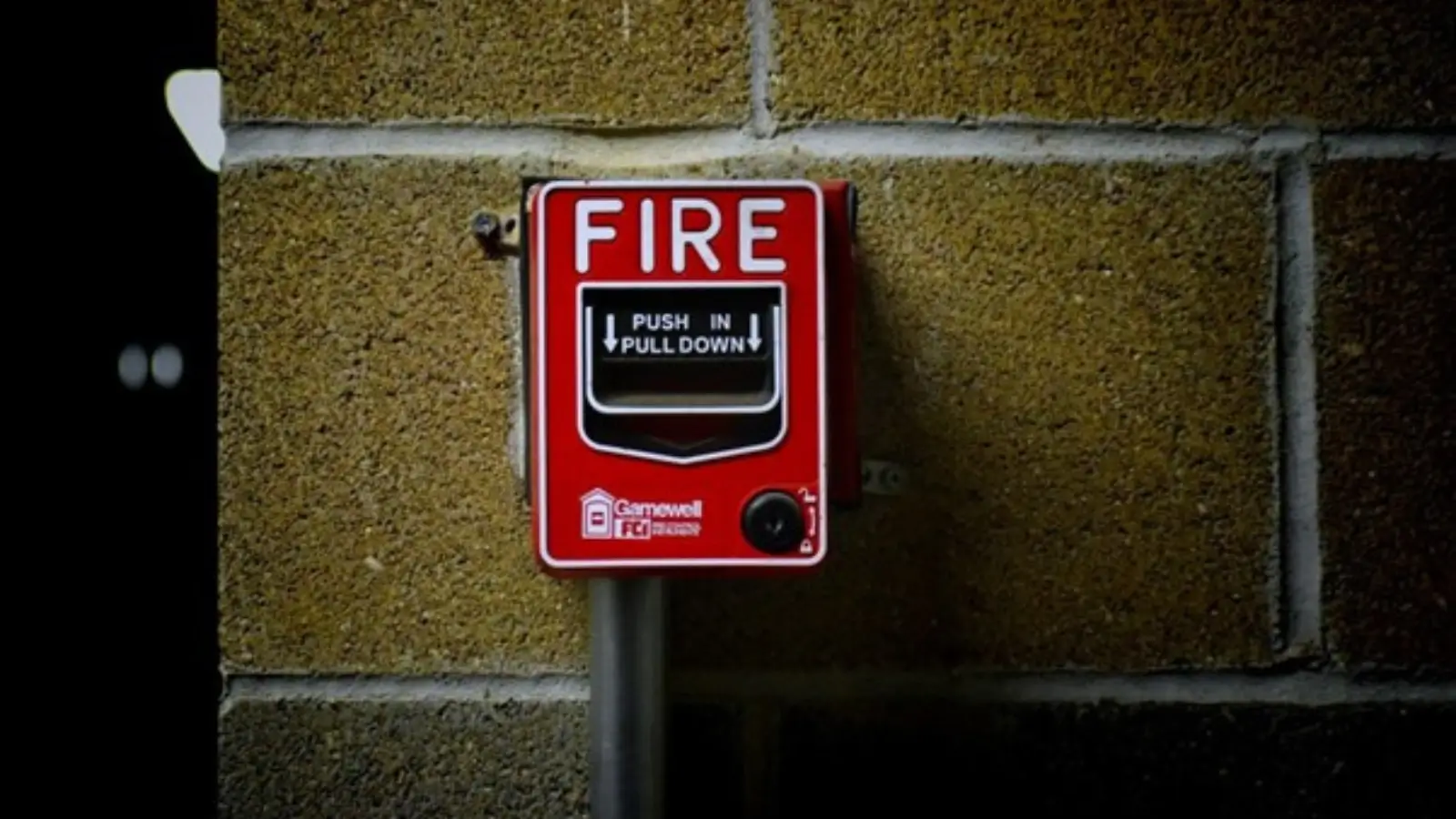


Many UK business owners view fire risk assessments as a simple paperwork exercise until a preventable incident reveals critical oversights. While the law permits self-assessments, the Grenfell Tower Inquiry exposed how dangerous "competent person" interpretations can become when left undefined. Specialist providers offer professional services that bridge the gap between legal compliance and genuine protection.
What appears compliant at the surface level often harbours dangerous deficiencies upon expert inspection. The Regulatory Reform (Fire Safety) Order 2005 requires assessments conducted with appropriate expertise, a standard few internal staff genuinely meet without specialised training from providers like Firelink. Their professional engineers regularly encounter multiple overlooked hazards during follow-up audits of premises with supposedly compliant DIY assessments, from compromised fire barriers to improper emergency lighting configurations that could prove fatal during evacuation.
Qualified assessors combine knowledge of fire science with practical experience of real incident outcomes. They identify risks invisible to untrained observers, compromised compartmentation from office conversions, dangerous storage patterns creating unexpected fuel loads, or ventilation systems that would funnel smoke through escape routes. This expertise proves particularly vital following the Fire Safety Act 2021 amendments regarding external walls and flat entrance doors.
Systematic approaches transform basic compliance into meaningful safety. Rather than simple walkthroughs, proper evaluations begin with thorough document reviews of building plans and maintenance histories before conducting physical inspections. Advanced techniques like thermal imaging reveal electrical risks invisible to the naked eye, while computational modelling predicts fire behaviour in complex spaces.
Evacuation calculations consider not just occupancy numbers but mobility needs and work patterns. A recent Leicester warehouse fire investigation revealed their internal assessment had missed seven critical risks later identified professionally, including flammable storage beneath staircase voids that created an unseen fire channel.
Professional assessments prove most valuable during significant changes to building layouts or use, following fire incidents regardless of severity, and every three to five years for stable environments. They become particularly crucial when staff express safety concerns or before insurance renewals, providing documented evidence of due diligence.
These evaluations deliver more than compliance; they offer practical solutions tailored to specific operational needs. Where DIY assessments might recommend generic "improve fire safety" statements, specialists provide actionable, prioritised measures with clear implementation pathways.
Beyond avoiding average £24,000 fines for non-compliance, proper assessments reduce insurance premiums by 15-30% while minimising operational disruptions from preventable incidents. They demonstrate a measurable duty of care to employees and customers alike, creating defensible documentation should the worst occur.
The modest investment in professional evaluation pales against the average £250,000 cost of a serious workplace fire, to say nothing of potential lives saved. In fire safety, what remains unknown inevitably creates risk, making expert assessment not an optional expense but a fundamental business necessity.
Specialist providers exemplify how professional services transform regulatory requirements into meaningful protection, moving beyond paperwork to create safer workplaces where compliance becomes the byproduct of proper safety culture rather than its sole objective. When lives and livelihoods depend on getting risk assessment right, professional expertise isn't just advisable, it's indispensable.